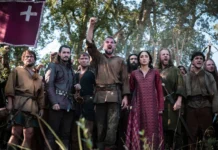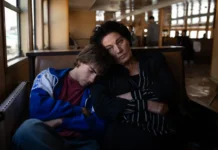Step into a world where history took an unexpected turn, and the boundaries of reality blur with fiction. Welcome to “The Man in the High Castle,” a gripping TV series that explores an alternate timeline of post-World War II America. Set in Nazi-occupied and Japanese-controlled territories, this show takes viewers on a thrilling journey through a dystopian landscape filled with intrigue, danger, and thought-provoking themes.
With its riveting plotlines, complex characters, stunning cinematography, and mind-bending twists, “The Man in the High Castle” has captured the hearts of audiences around the globe.
Whether you’re a fan of historical dramas or simply crave captivating storytelling that challenges your perception of reality, this series is sure to leave you spellbound.
So grab your popcorn and settle in as we dive deep into the fascinating world created by Philip K. Dick’s novel adaptation brought to life on screen by talented actors such as Rufus Sewell alongside an ensemble cast that will keep you on edge throughout every episode. Prepare yourself for a rollercoaster ride through time as we explore all aspects of this acclaimed TV series!
Plot and Setting
The Man in the High Castle takes viewers on a captivating journey through an alternative reality where Germany and Japan have won World War II. The plot is centered around a mysterious film reel that offers glimpses into different versions of history, leaving characters and audiences questioning the nature of reality.
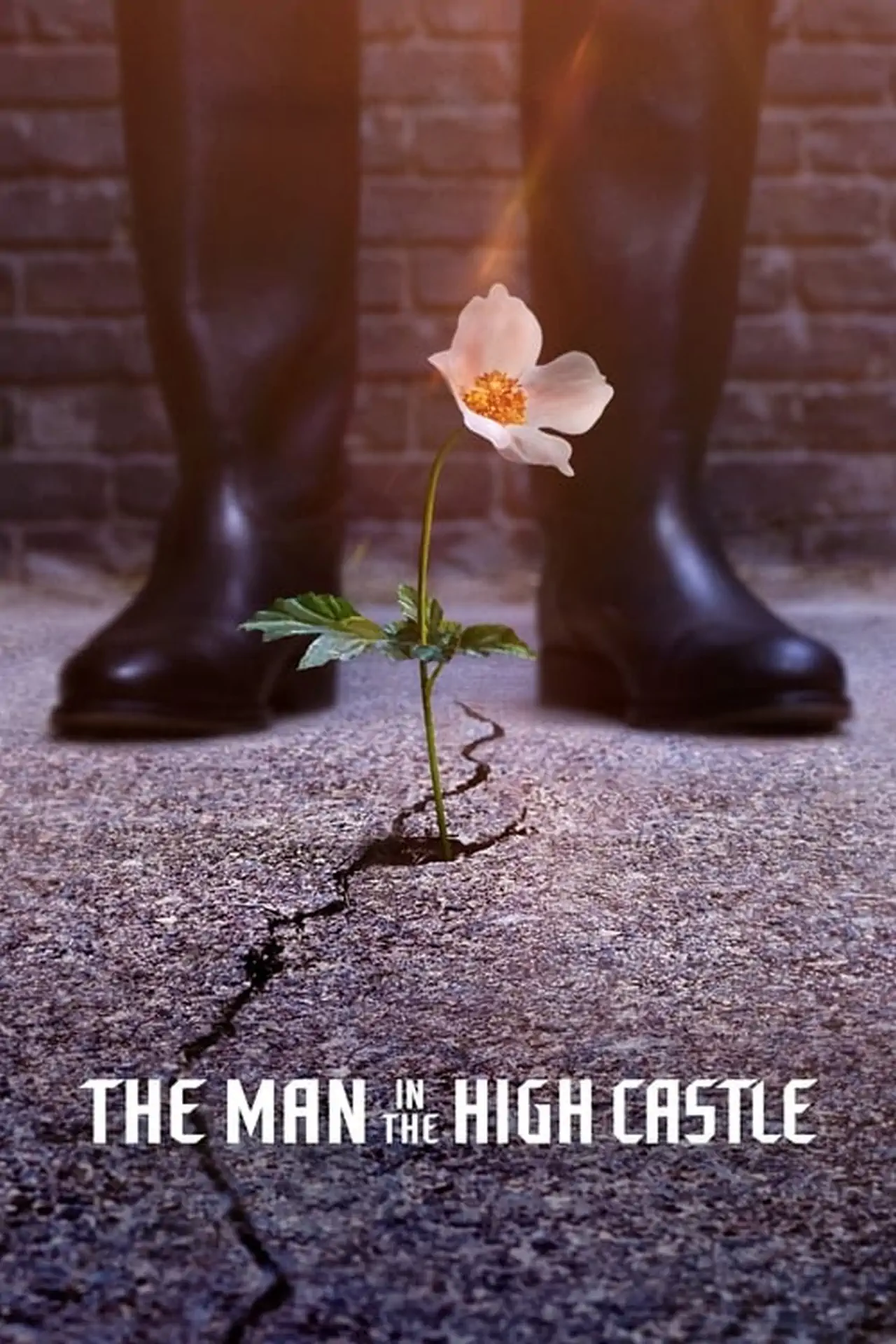
Set in the 1960s, the series showcases a world divided into three distinct territories: Japanese-controlled Pacific States, German-controlled Eastern United States, and a neutral zone running between them. This stark contrast between oppressor and oppressed creates a tense atmosphere filled with political intrigue and resistance movements.
As the story progresses, we follow multiple characters who become entangled in this complex web of power struggles. From Juliana Crain’s quest for truth to Joe Blake’s internal conflict as he straddles loyalty to both sides, each character undergoes significant development throughout the series.
One of the most compelling aspects of The Man in the High Castle is its exploration of themes such as identity, loyalty, and moral ambiguity. Through their journeys within this dystopian society, characters are forced to confront their own beliefs and question what they would be willing to sacrifice for freedom.
Visually stunning cinematography enhances every scene – from iconic landmarks transformed under Nazi rule to beautifully haunting landscapes that reflect both hopelessness and resilience. The meticulous attention to detail transports viewers into this alternate world with chilling realism.
While some critics argue that certain plotlines could have been further developed or resolved more effectively, there is no denying the impact The Man in the High Castle has had on pop culture. By reimagining historical events through an engaging narrative lens, it sparks conversations about fascism, authoritarianism, and societal divisions – issues still relevant today.
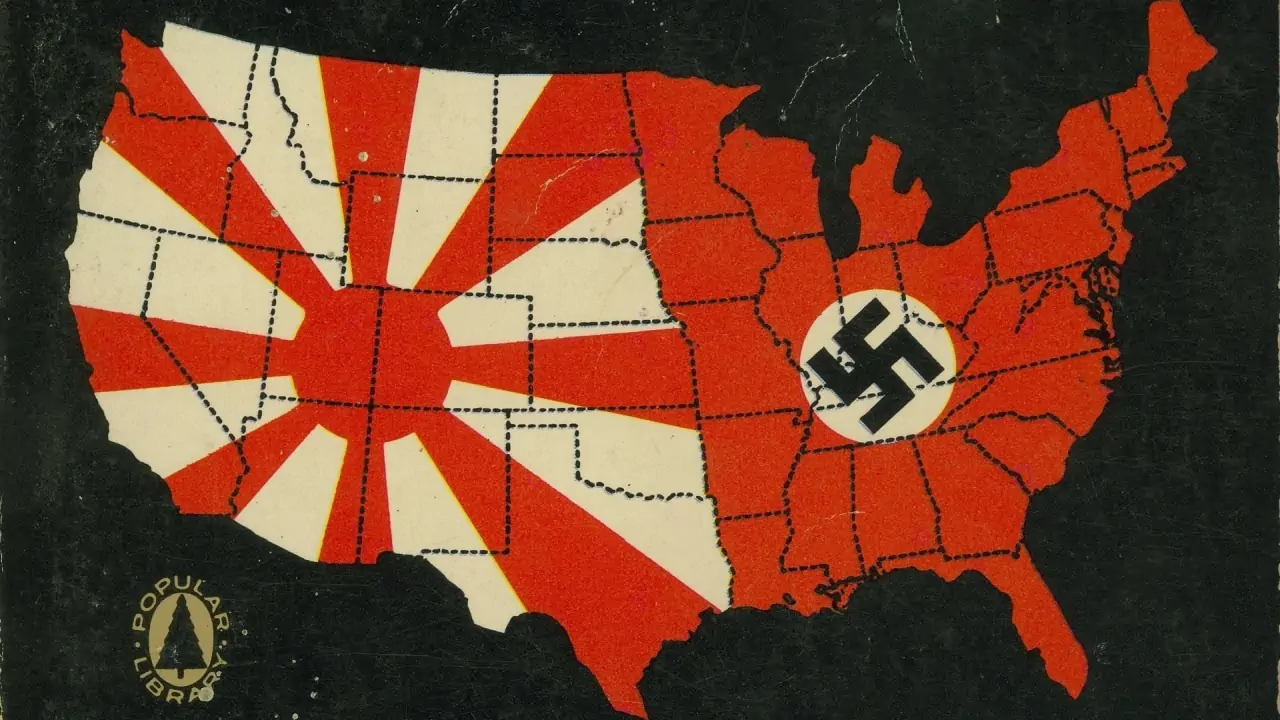
The Man in the High Castle captivates audiences with its intriguing plot set within an alternate history where WWII ended differently. With well-developed characters navigating a dangerous landscape filled with tension and resistance movements against oppressive regimes; thought-provoking themes that explore identity, loyalty, and moral ambiguity; visually stunning cinematography that transports viewers into this dystopian world – this series is a must-watch for any fan of gripping storytelling.
Characters and their Development
The Man in the High Castle TV series is known not only for its compelling storyline but also for its well-developed characters. Each character undergoes a transformation throughout the series, adding depth and complexity to the overall narrative.
One of the standout performances comes from Rufus Sewell, who plays John Smith, a high-ranking Nazi official. Sewell’s portrayal of Smith showcases his evolution from a loyal soldier to a conflicted individual grappling with his beliefs and actions. The layers of complexity added to his character make him one of the most intriguing figures in the show.
Similarly, Juliana Crain, played by Alexa Davalos, experiences significant growth over the course of the series. Initially portrayed as an ordinary woman caught up in extraordinary circumstances, Juliana evolves into a determined resistance fighter who becomes instrumental in shaping the outcome of events.
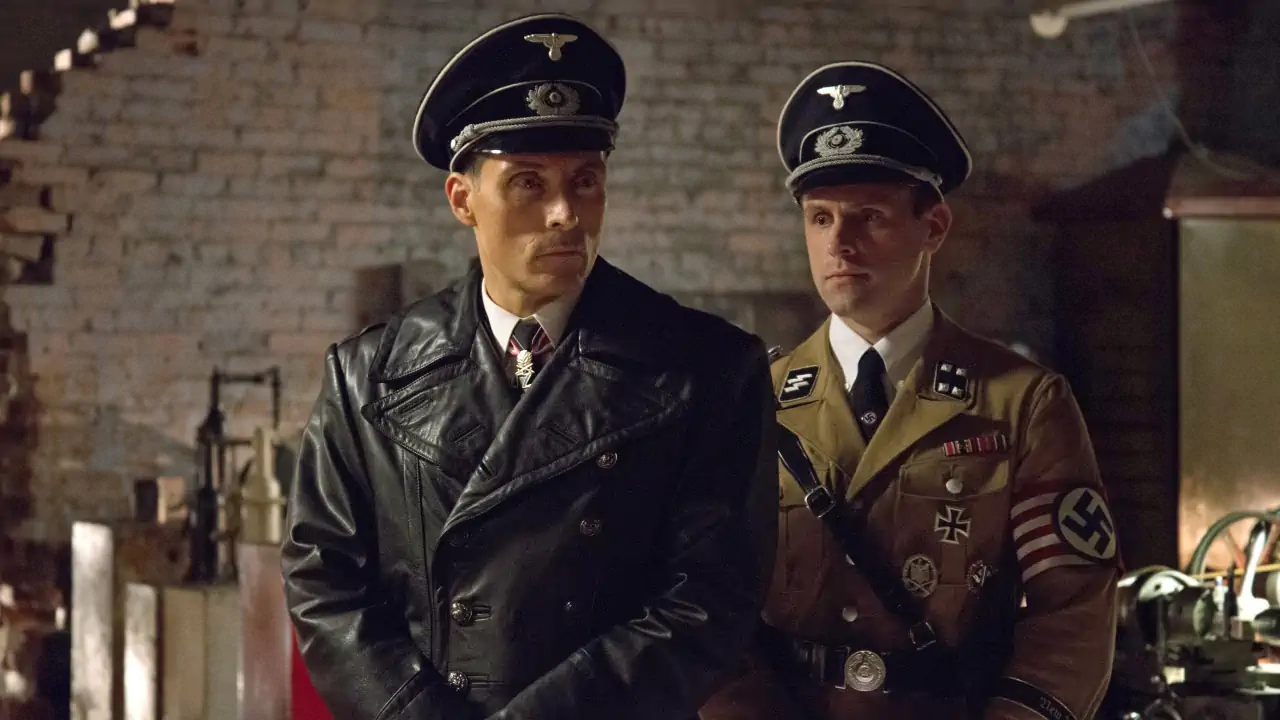
Other notable characters include Joe Blake (played by Luke Kleintank), Frank Frink (played by Rupert Evans), and Chief Inspector Takeshi Kido (played by Joel de la Fuente). Each brings their own unique perspective to the story, contributing to its richness and depth.
Through skillful writing and nuanced performances, The Man in the High Castle explores themes such as identity, loyalty, morality, and redemption. As viewers witness these characters grapple with their choices and face moral dilemmas within this alternate reality dominated by Axis powers post-WWII victory.
Overall,the character development adds another layer of intrigue to an already captivating plotline,and leaves viewers eagerly anticipating each new episode to see how these characters will continue to evolve.
Themes Explored in the Series
The Man in the High Castle delves deep into several thought-provoking themes that keep viewers hooked from start to finish. One of the major themes explored is the concept of alternate history and its consequences. The series poses intriguing questions about what would have happened if World War II had ended differently, leaving us contemplating the fragility of historical events and their impact on society.
Another theme skillfully tackled is the notion of power and its corrupting influence. As we witness characters navigating different factions vying for control, we are reminded of how power can manipulate individuals and warp their moral compasses.
Furthermore, The Man in the High Castle examines identity and resistance against oppression. Characters grapple with their own identities as they navigate a world where their very existence is threatened by an oppressive regime. Their personal journeys highlight resilience, strength, and ultimately question what it means to stand up against injustice.
The Man in the High Castle Season 1 – Official Trailer: What If?
Additionally, this series explores the blurred boundaries between reality and perception. Through mysterious films that reveal alternative realities within this fictional world, viewers are prompted to question whether our perception of truth can be manipulated or controlled by those in power.
With these complex themes at its core, The Man in the High Castle offers more than just entertainment; it sparks conversations about historical events, morality, power dynamics,and human resilience.
Cinematography and Visual Effects
The cinematography and visual effects in The Man in the High Castle are truly mesmerizing. From the very first episode, viewers are transported to an alternate reality where the Nazis and Imperial Japanese have won World War II. The attention to detail is impeccable, with every scene carefully crafted to evoke a sense of unease and tension.
The use of color palettes is particularly striking, with muted tones and washed-out colors dominating much of the series. This adds to the overall atmosphere of oppression and despair, while also emphasizing the stark contrast between life under Nazi rule versus life in Japanese-controlled America.
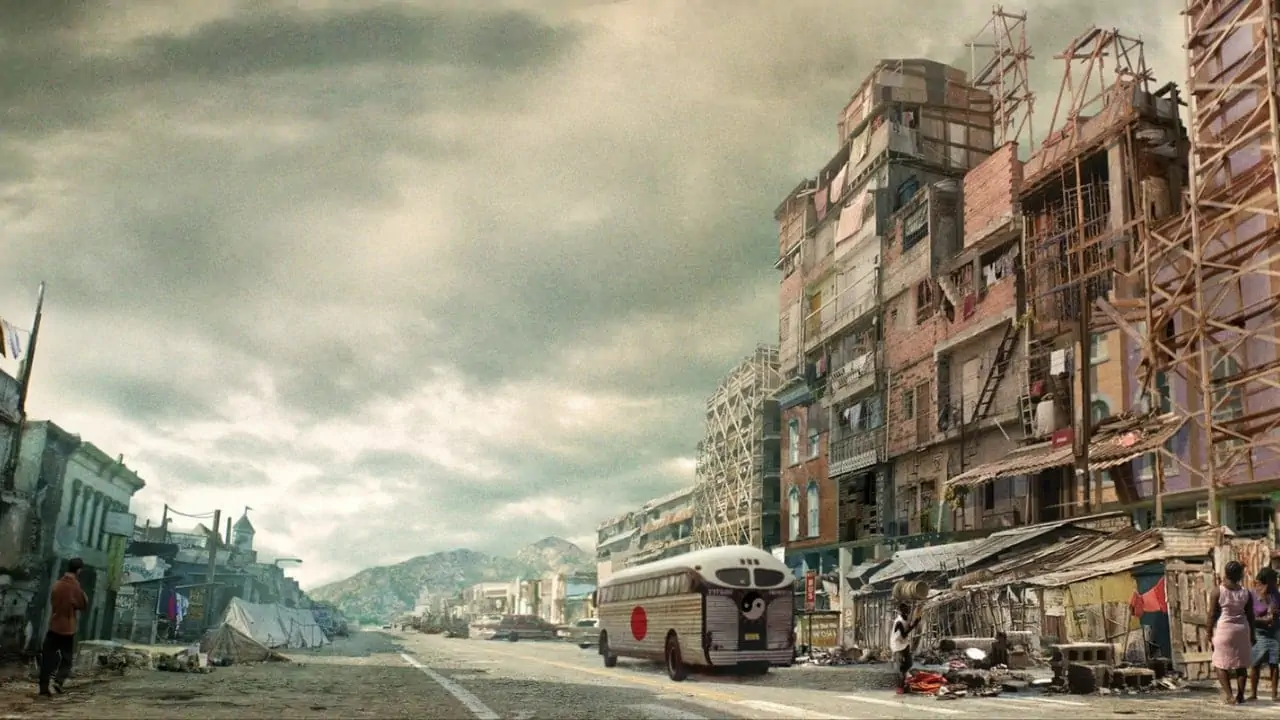
In addition to its masterful cinematography, The Man in the High Castle utilizes incredible visual effects to bring its alternate world to life. Whether it’s showcasing iconic landmarks with subtle changes or creating entire cities from scratch, these effects seamlessly blend into each scene without feeling forced or artificial.
One standout example is how they depict characters traveling through different realities using a mysterious portal called “The Grasshopper”. These scenes are not only visually stunning but also serve as metaphorical representations of characters’ journeys through various timelines.
The cinematography and visual effects play a crucial role in immersing viewers into this dystopian world. They enhance both storytelling and character development by effectively capturing the eerie ambiance that permeates throughout The Man in the High Castle.
Criticisms and Controversies
The Man in the High Castle has been praised for its captivating storyline and thought-provoking themes, but like any popular TV series, it hasn’t been without its fair share of criticisms and controversies. One notable criticism is the show’s slow pacing at times, with some viewers feeling that certain episodes drag on without much plot advancement. However, others argue that this deliberate pacing contributes to the overall atmosphere and suspense of the series.
Controversy also surrounds the portrayal of historical figures within the show. Some critics argue that certain characters are depicted too sympathetically or inaccurately, while others appreciate the creative liberties taken by the writers to explore alternate versions of these individuals.
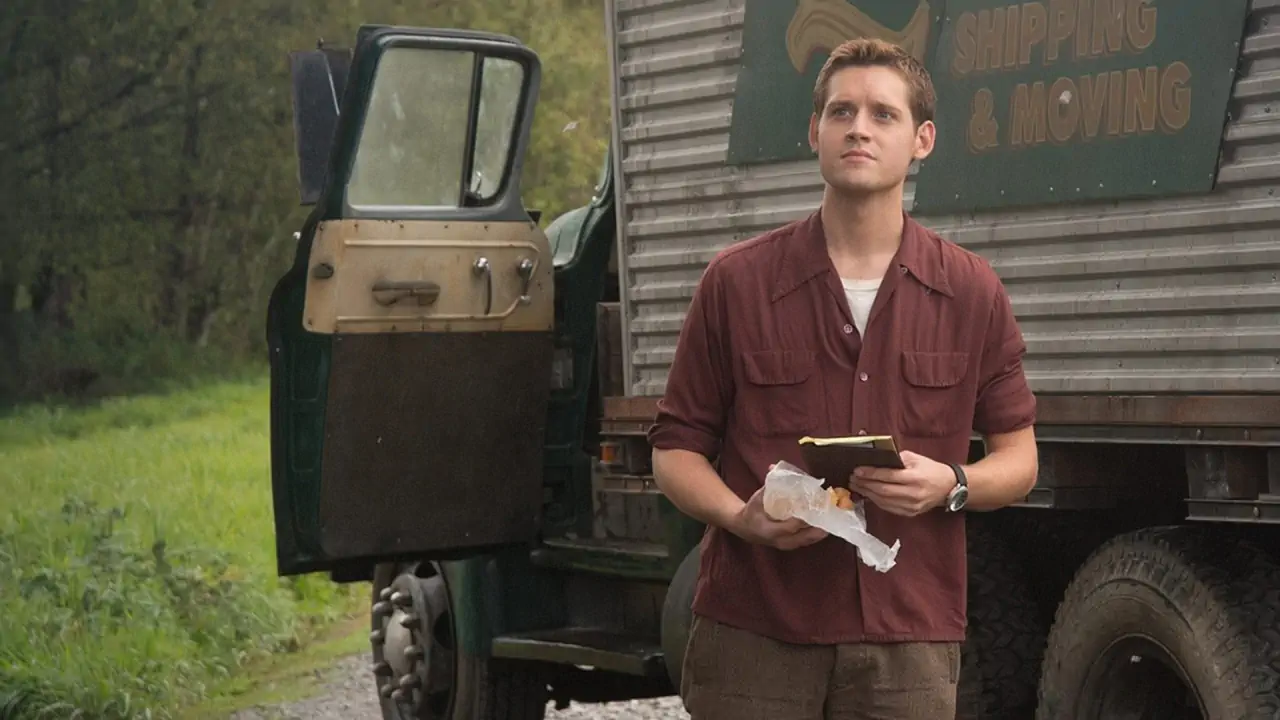
Another point of contention revolves around The Man in High Castle’s use of violence and gore. While some viewers find it necessary for conveying the brutality of war-torn worlds, others feel that it can be excessive or gratuitous at times.
Additionally, there has been debate over whether The Man in High Castle accurately represents various cultures portrayed within its storyline. Critics argue that certain aspects may perpetuate stereotypes or oversimplify complex histories.
Despite these criticisms and controversies, The Man in High Castle continues to captivate audiences with its unique blend of alternate history, political intrigue, and engaging characters. It sparks discussions about morality, power dynamics, and what could have been if WWII had ended differently.
With intriguing storylines driven by talented actors like Rufus Sewell who brings a nuanced performance as John Smith – a high-ranking Nazi official – The Man in High Castle offers an alternative perspective on WWII while exploring themes such as identity, loyalty,and resistance.
Stay tuned as we delve deeper into how this critically acclaimed series has impacted pop culture!
Impact of the Series on Pop Culture
The Man in the High Castle has made a significant impact on pop culture since its release. With its unique premise and thought-provoking storyline, the series has captivated audiences around the world.
One of the key ways in which The Man in the High Castle has influenced pop culture is by sparking conversations about alternative histories and what could have happened if WWII had ended differently. This has led to a resurgence of interest in other works exploring similar themes, such as Philip K. Dick’s original novel on which the series is based.
Additionally, The Man in the High Castle has garnered praise for its diverse cast of characters, providing representation for marginalized groups that are often underrepresented or misrepresented in mainstream media. This inclusivity has resonated with viewers and sparked discussions about diversity and representation within entertainment.
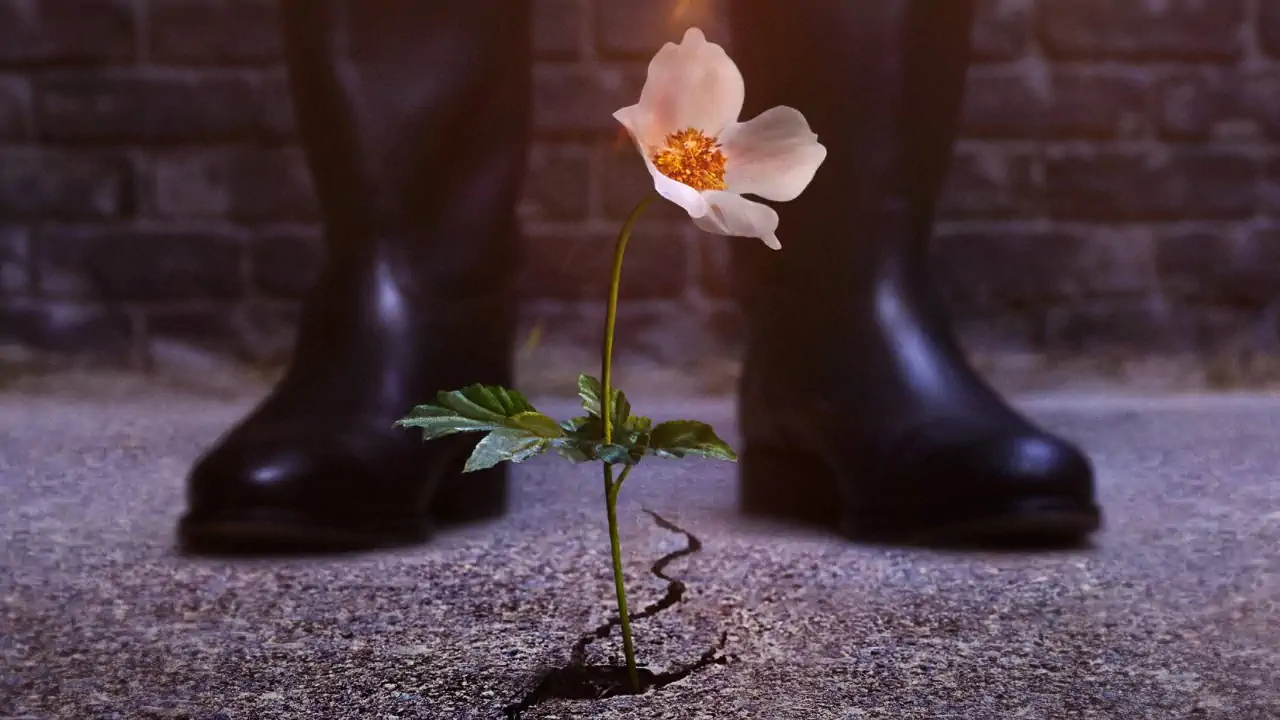
Furthermore, the series’ stunning cinematography and visual effects have set a new standard for television production. From meticulously recreating historical settings to depicting alternate realities with precision, The Man in the High Castle showcases artistry that pushes boundaries and immerses viewers into its world.
The Man in the High Castle’s exploration of complex themes such as power dynamics, fascism, resistance, and identity have contributed to critical analysis both within academic circles and among casual viewers. These discussions further demonstrate how impactful this series has been on shaping popular discourse surrounding these topics.
The Man in the High Castle’s impact on pop culture cannot be overlooked. Through its intriguing plotlines, diverse characters, stunning visuals, and exploration of relevant themes; it continues to leave a lasting impression on both fans of science fiction genre as well as those interested history buffs alike. Whether you’re drawn to alternative history or simply appreciate well-crafted storytelling with thought-provoking ideas – this series is definitely worth checking out!
Final Thoughts and Recommendations for viewers
As we come to the end of this review, it is clear that “The Man in the High Castle” is a must-watch TV series for history buffs, sci-fi enthusiasts, and anyone who appreciates thought-provoking storytelling. The show’s unique blend of alternate history, suspenseful plotlines, complex characters, and stunning cinematography make it a standout in the world of television.
Rufus Sewell delivers an exceptional performance as John Smith, bringing depth and complexity to his character. His portrayal captures the inner struggle between duty and morality in a chillingly convincing manner. The entire cast deserves praise for their outstanding performances and ability to immerse viewers in this dystopian world.
One of the major strengths of “The Man in the High Castle” lies in its exploration of themes such as power dynamics, resistance movements, identity crises, and the consequences of war. Through these narrative threads, viewers are prompted to reflect on our own society’s past while considering how decisions made during World War II could have altered our present reality.
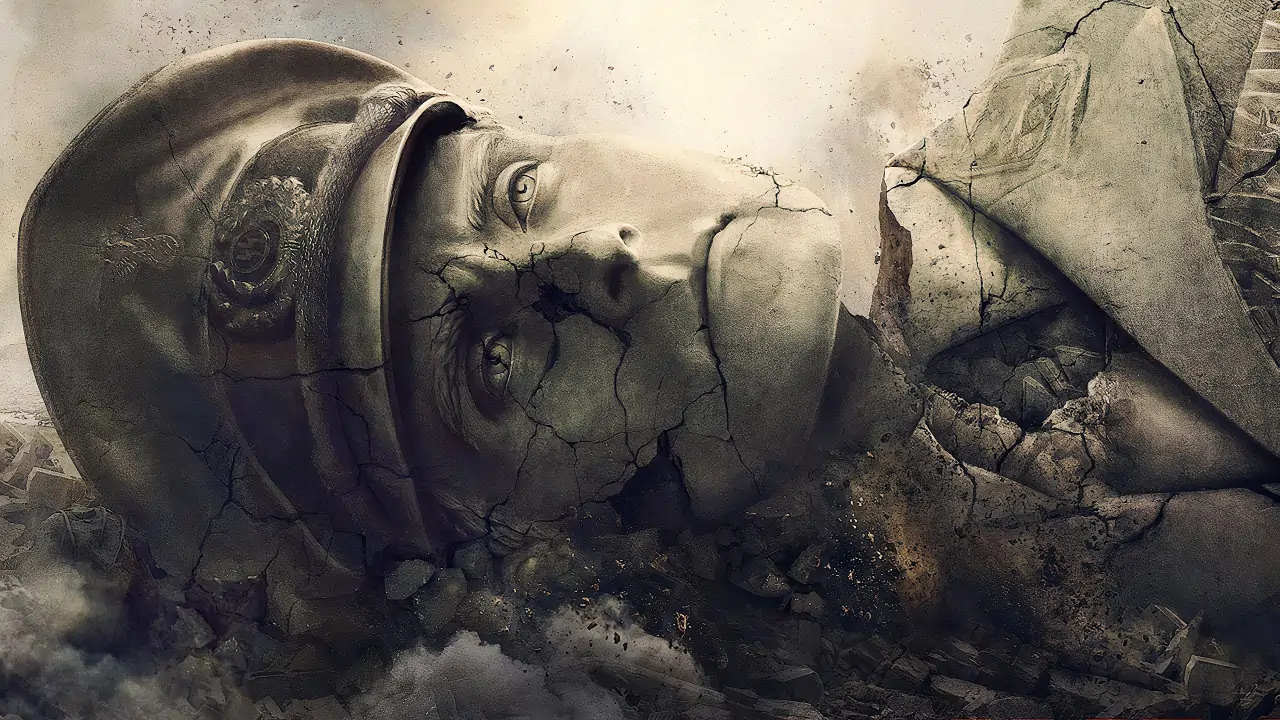
Furthermore,”The Man in the High Castle” showcases breathtaking cinematography that transports us back into 1960s America under Axis occupation. The attention to detail and visual effects create an immersive experience that adds another layer of authenticity to each scene.
Of course, no TV series is without its criticisms or controversies. Some viewers have voiced concerns about certain storylines being unnecessarily prolonged or convoluted at times. Additionally,the show has faced controversy regarding its use of Nazi imagery; however,it can be argued that this serves as a stark reminder of humanity’s darkest chapters rather than glorification.
“The Man in the High Castle” has undeniably made a significant impact on popular culture since its debut. It offers audiences an alternative historical perspective while sparking discussions about political ideologies, freedom vs oppression,and moral dilemmas,ranging from social media platforms to academic institutions.
If you have a penchant for gripping storytelling with a dash of dystopian intrigue and haven’t had the chance to watch this series yet – we highly recommend giving it a go! With four seasons available to binge-watch, “The Man in the High Castle” is sure to keep you on the edge of your seat until the very end.

